Quickly since this won’t apply to everyone – If you have a American Express Business card with OPEN, check to see if you were offered $150 back at AT&T Wireless. Simply log into your AmEx account online and scroll down until you see the “Amex Offers For You” tab. Not everyone will have this, but for those that do, simply make a $150 payment to your AT&T Wireless bill by phone at 800-331-0500 with that business card, and get that $150 back in statement credit!

Fine print:
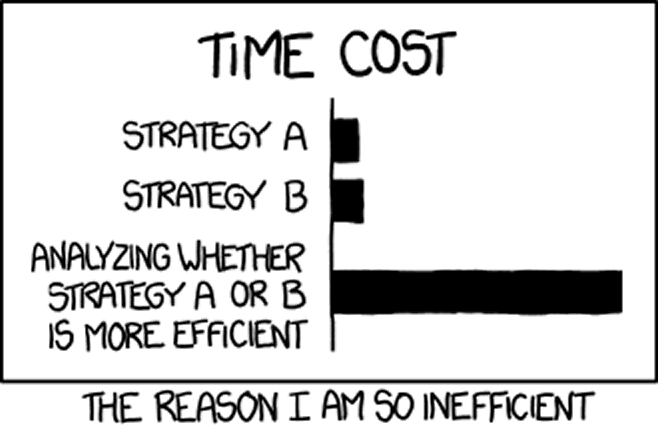
 Since March 2009, the FTSE NAREIT All Equity index of US real estate stocks has has nearly quadrupled. When will the party end? Mathematically, we know that bond values will go down in general if interest rates rise. But how would rising interest rates affect future REIT performance?
Since March 2009, the FTSE NAREIT All Equity index of US real estate stocks has has nearly quadrupled. When will the party end? Mathematically, we know that bond values will go down in general if interest rates rise. But how would rising interest rates affect future REIT performance?
 Here is a fairly balanced and informational
Here is a fairly balanced and informational 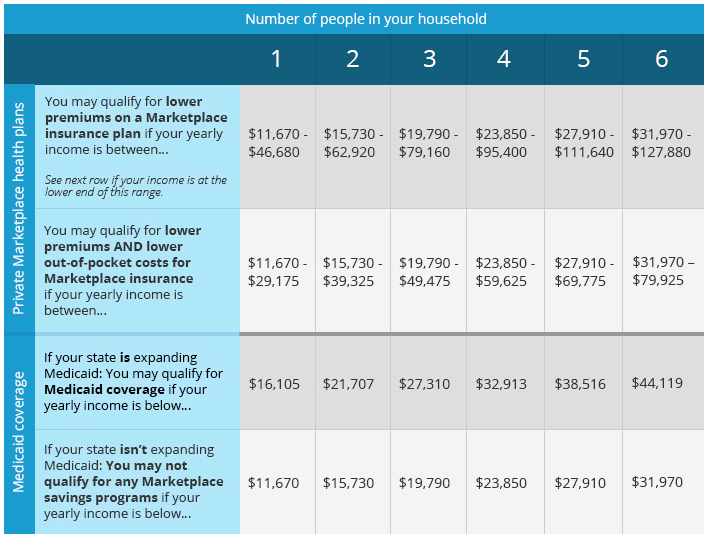

 In order to extend her maternity leave, my wife is taking an unpaid leave-of-absence from her job. Since this means we will lose her employer-paid health insurance and our child has an issue that requires regular doctor visits at this time, we knew that we would have to sign up for COBRA benefits. Our employer-paid coverage ended 9/30. Somehow due to an administrative mishap, we did not get the paperwork until the third week of October, by which we already had four different (expensive!) doctor visits.
In order to extend her maternity leave, my wife is taking an unpaid leave-of-absence from her job. Since this means we will lose her employer-paid health insurance and our child has an issue that requires regular doctor visits at this time, we knew that we would have to sign up for COBRA benefits. Our employer-paid coverage ended 9/30. Somehow due to an administrative mishap, we did not get the paperwork until the third week of October, by which we already had four different (expensive!) doctor visits. 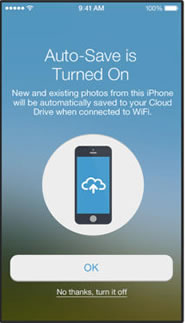 Amazon has announced another feature for Prime subscribers: unlimited free online photo storage. As part of their Cloud Drive,
Amazon has announced another feature for Prime subscribers: unlimited free online photo storage. As part of their Cloud Drive,  Our family keeps a full year of expenses put aside in cash reserves; it provides us with financial stability with the additional side benefits of lower stress and less concern about stock market gyrations. Emergency funds can actually have a
Our family keeps a full year of expenses put aside in cash reserves; it provides us with financial stability with the additional side benefits of lower stress and less concern about stock market gyrations. Emergency funds can actually have a  Update: The
Update: The 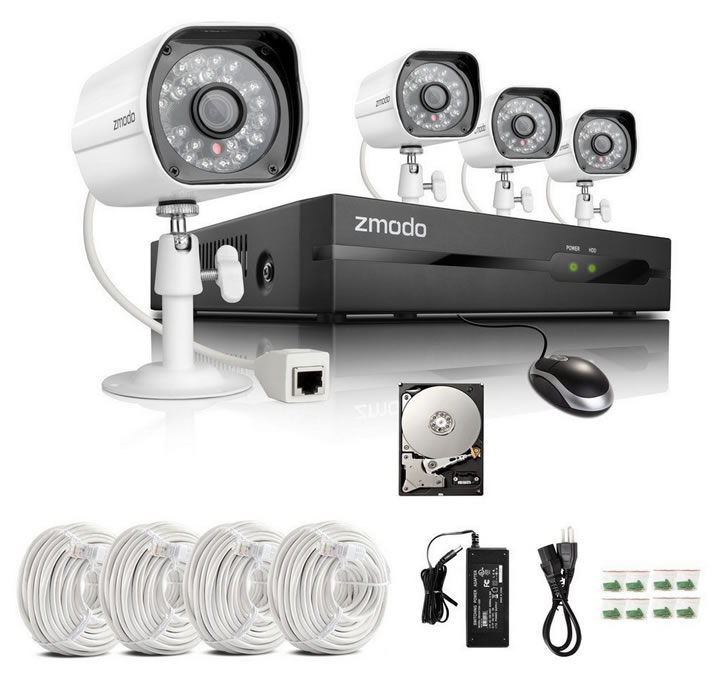
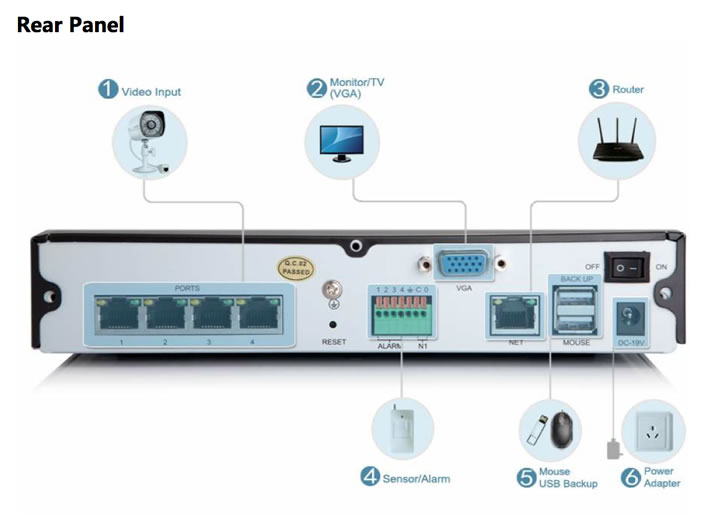
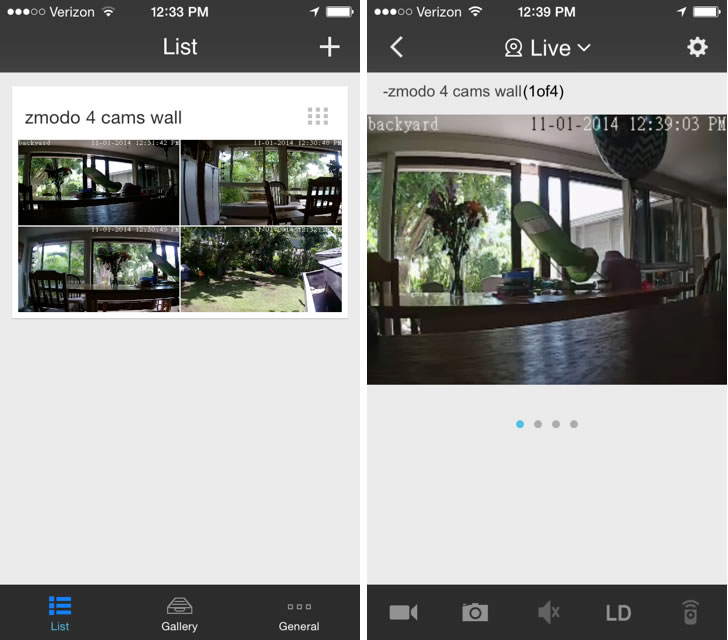
 The Best Credit Card Bonus Offers – March 2024
The Best Credit Card Bonus Offers – March 2024 Big List of Free Stocks from Brokerage Apps
Big List of Free Stocks from Brokerage Apps Best Interest Rates on Cash - March 2024
Best Interest Rates on Cash - March 2024 Free Credit Scores x 3 + Free Credit Monitoring
Free Credit Scores x 3 + Free Credit Monitoring Best No Fee 0% APR Balance Transfer Offers
Best No Fee 0% APR Balance Transfer Offers Little-Known Cellular Data Plans That Can Save Big Money
Little-Known Cellular Data Plans That Can Save Big Money How To Haggle Your Cable or Direct TV Bill
How To Haggle Your Cable or Direct TV Bill Big List of Free Consumer Data Reports (Credit, Rent, Work)
Big List of Free Consumer Data Reports (Credit, Rent, Work)